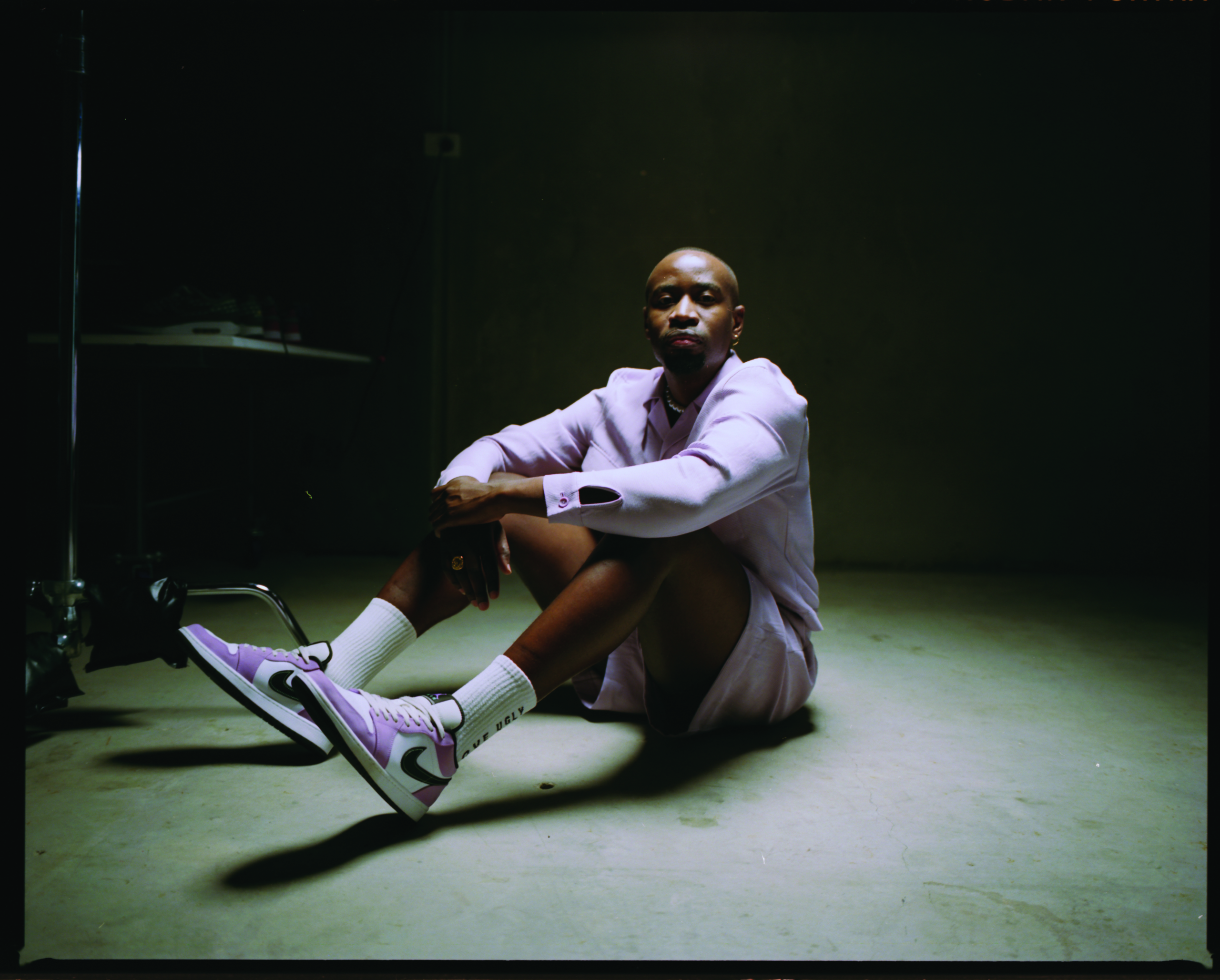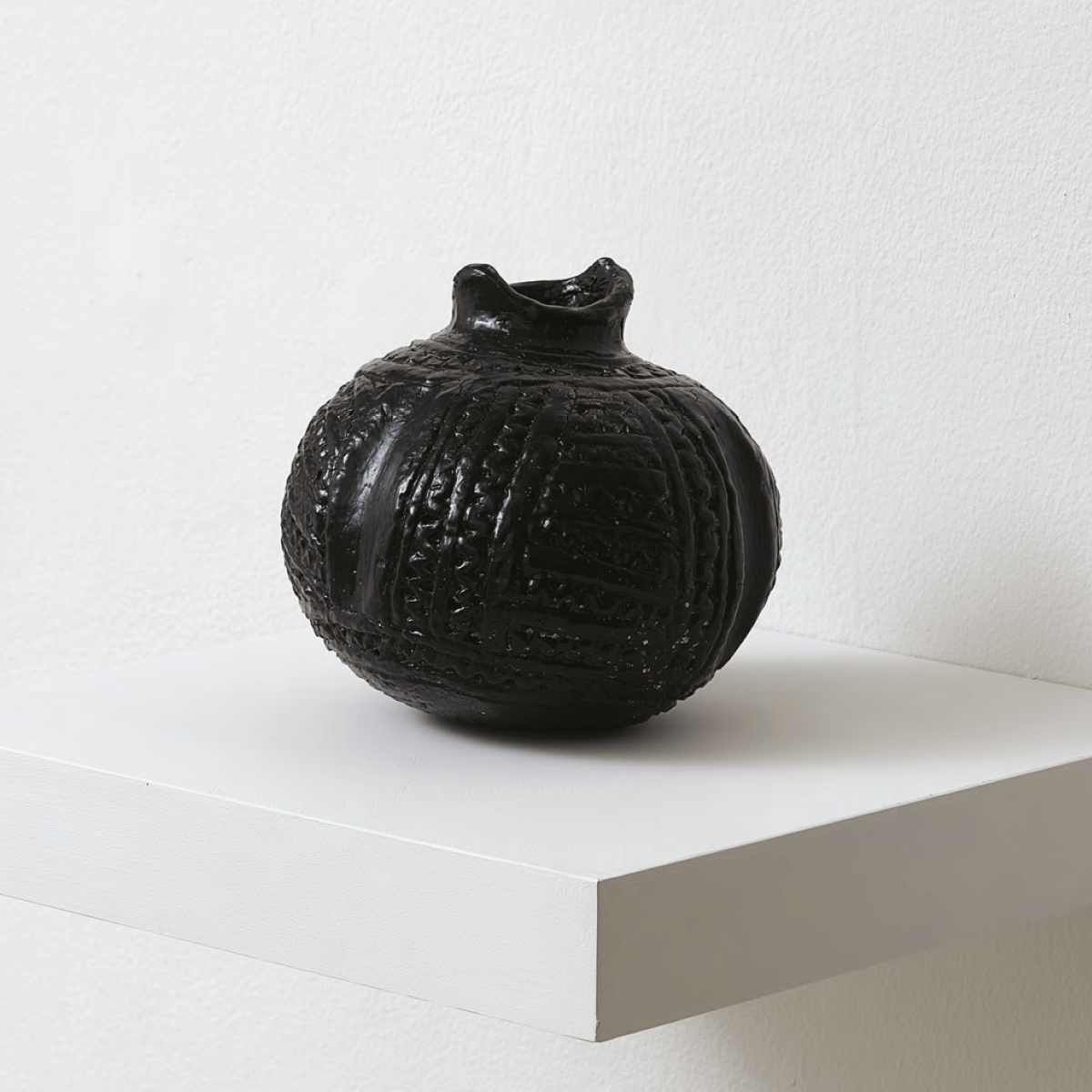Notable Accolades: wani toaishara
We examine the work of artists who took out major prizes last year.
Words: Brian Obiri-Asare
Imagine: a time gripped by the noble burden of bearing witness. When cameras were weapons used to objectify and classify. When people spoke, oh so innocently, of shooting with said cameras, and in so doing, hinted at the unsettling kinship between photography and violence.
Now imagine bodies shaped by the vexed histories of colonialism, by a certain type of violence that has made the world white, a world that we have now inherited, to borrow from Marx, in circumstances not of our own choosing. This is the all-too-familiar world. A world that is orientated around certain types of bodies to the exclusion of others. The world, simply put, structured for and around the white gaze.
Within the margins of this terrain – stained by history, rubbing up against the supremacy of whiteness – black artists have sought to capture sites of almost liberation. They have gifted us photographs suffused with a temperament of reclamation. An air of defiance is often palpable in their contributions to the contemporary archive. And often, with their investigations, the theatre of witnessing is troubled.
wani toaishara works within this rich tradition. His is a practice rooted in videography and experimental theatre. And with his photographs, he attempts to throw into question the habit of being studied and watched.
His recent Jospehine Ulrick and Win Schubert Award winning work do black boys go to heaven, 2021 attests to these aims. Here we are greeted with two black bodies resplendent in green. They look back at us, at the camera. Their stares place our focus not on the contrived portraiture setup or on their gloves and pristine white socks, but on their faces. Their beautiful and self-assured faces. These are bodies aware of being seen, as they watch us watch them. And in so doing, they challenge our right to look.
Indeed, here we are being called on to do more than simply bearing witness. Shifting from the passive optics of looking, we are called to the active struggle of looking with, through, and alongside black life in the present. With toaishara’s assistance, we are encouraged to find connection to the people we are chained to.
Featured image: Artist wani toaishara. Photo: JM Tubera.
This article was originally published in Art Collector issue 103, January-March 2023.









